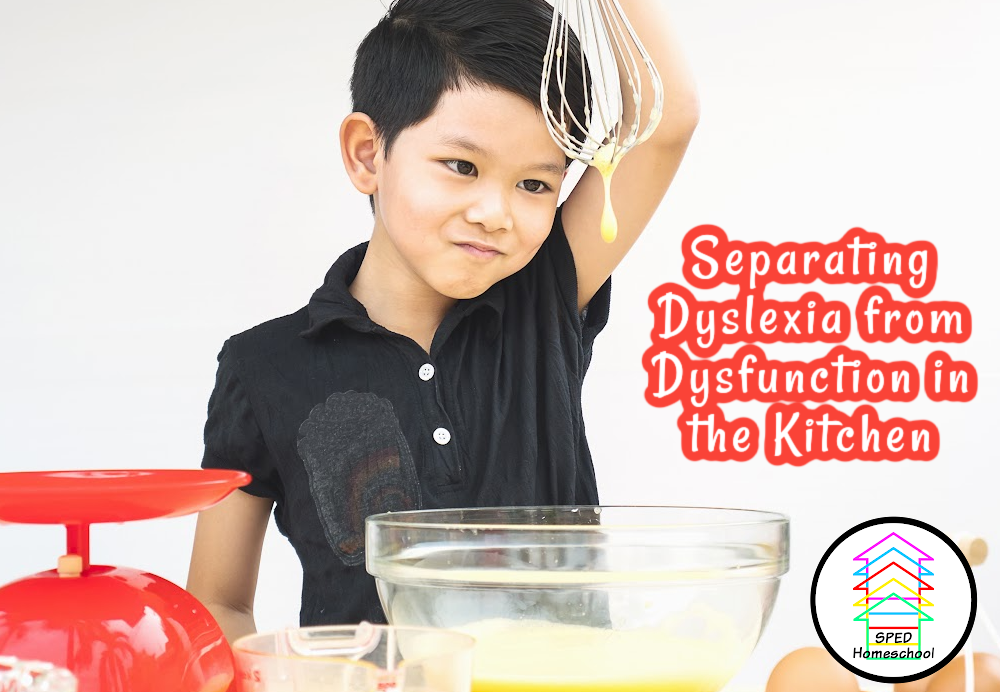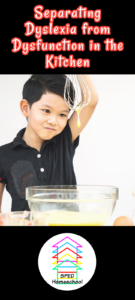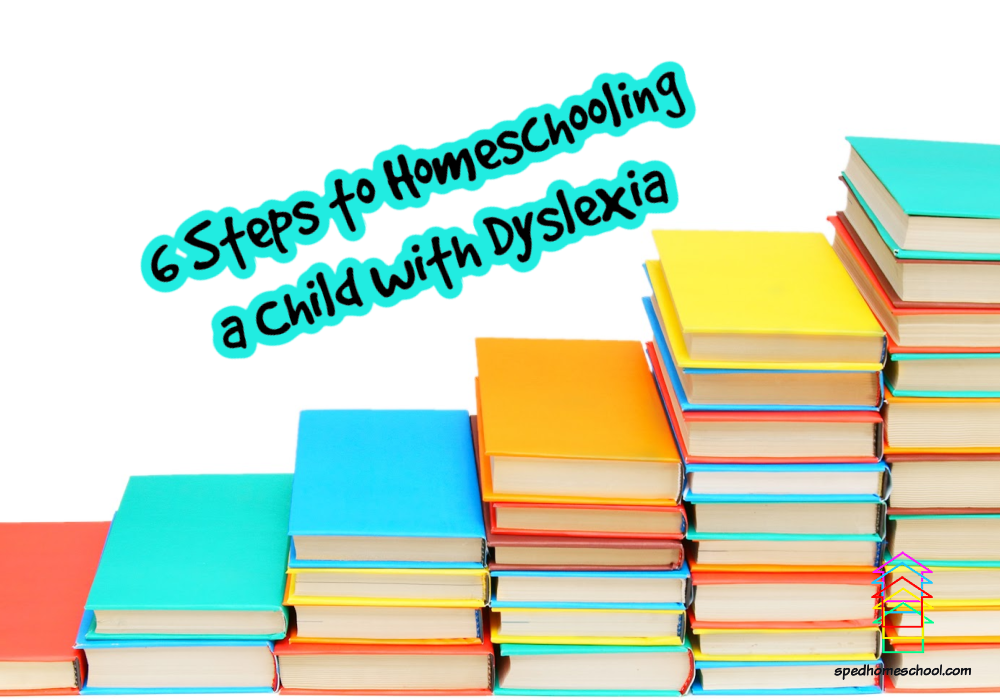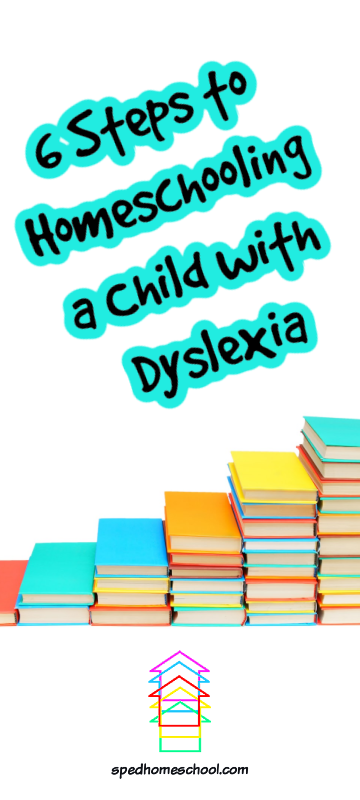
By Dr. Rebecka Spencer from Cherish Children Ministries
I was reading an article recently about George Washington Carver and how he asked the Lord to help him know all about the peanut. Then, Carver used his God-given gift of science-based understanding to separate the parts of the peanut, thus producing hundreds of uses for the peanut.
Separating Attributes from Activities
I have discovered this same concept can be applied when working with my dyslexic kids. When I will acknowledge in all I do with my children that they are His creation, then using the wisdom and knowledge I have been given helps me direct them to their purposes and calling in life.
Separating Potential from Labels
Dyslexic kids have many, many strengths. In fact, I think dyslexia of as an island of weakness surrounded by a sea of strengths. When we can bridge the gap, the results can be more than we ever thought possible. Some of the greatest success stories are those of people with dyslexia.
Separating Family Members from Statistical Groups
Dyslexia tends to run in families. Most of us have at least one person in our family that is dyslexic. As for mine, my mother, my father-in- law, and two of my three children are dyslexic.
Separating Personal Strengths from Weaknesses
Providing dyslexic kids with authentic life experiences is part of what I get to do, both in my home and with the children for whom I provide therapy. One thing I have learned through my home life and work is that the kitchen is a great place to help dyslexic children learn their strengths and weaknesses and find their own “peanut” extractions.
Separating Creativity from Criticism
Dyslexic kids can do very well in the kitchen. Changing and manipulating recipes is fun for them and when they decide to take a chance, they want it to be remarkable.
One day, while making an apple pie with my son, he wanted to add a little extra cinnamon, and I let him. Praises of satisfaction came from his family and friends as he shared the pie at our annual Pledge Dinner for the hybrid homeschool he attends. This encouragement had him wanting to bake, but not all received the same songs of praise.
I’ll never forget the time he wanted to make the chocolate mayonnaise cake, which called for a sprinkle of cinnamon and a cup of Hellman’s mayonnaise. Since he wanted to use his creativity and add a little more cinnamon and a little less mayonnaise, the result was less than mouth savoring. His brothers let him know how it was not nearly as good as the last recipe he prepared, which led to tears and frustration for him.
Dyslexic kids are very sensitive. They capitalize on the praise received, but when they receive negative feedback, it often stifles them from moving on and taking chances and transpires into other areas of their lives.
Separating Forward Momentum from Failure
We also need to help our dyslexic children understand failure or lack of praise can help them gain momentum in areas of strength. But this transition of separating failure from forward momentum comes with time. There is not a certain age for this to occur, but taking the time together makes room for meaningful conversations, and what better way to do that than while cooking together in the kitchen?
Separating Hyper-focus from Fragile Expressions
Hyper-focusing is one of the many strengths dyslexic kids have. When they can hyper-focus on the positive aspects of something we set them out to accomplish, such as baking a cake or specialty dish in the kitchen, the results can be that much like George Washington Carver. But we must remember these children are fragile. Encouragement is of utmost importance.
Separating Reality from Recipes
Visualization is one of the great strengths of dyslexics. Visualizing themselves by presenting their whipped-up work of art often yields in the endeavor’s reality. With the right dose of love and encouragement, they will thrive. Who knows? With the right real life learning experiences which have given opportunity for discovering their innate creative gifts, they may even land on the next greatest cooking show.
Dr. Rebecka Spencer is a certified teacher, administrator, speaker, academic language therapist, Jesus follower,& MOM of a struggling learner! It was through the struggle where Cherish Children Ministries was born, a mission that seeks to liberate children with dyslexia, ADD, ADHD, and other spectrum disorders from the curriculum industry by equipping and empowering them with holistic education for success in who God The Creator made them to be is what we are all about. JEREMIAH 29:11



